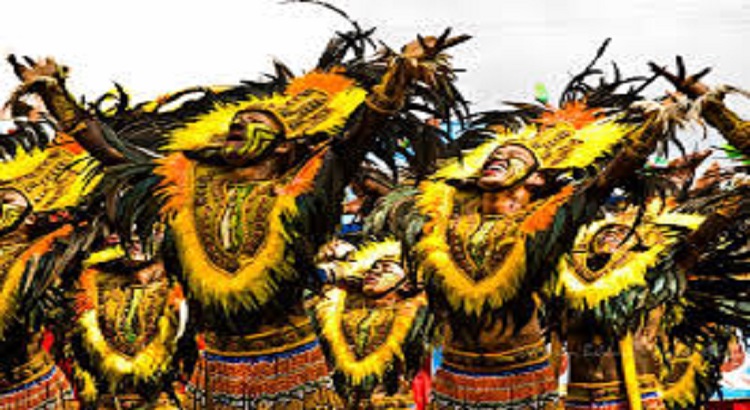Here is a list of Philippine festivals that would fill your 2017 from January to December with an extraordinary experiences
Philippines is widely known for its fun and colorful festivals that are being crowded by people from all races all around the world every year.
Just like in previous years, 2017 is another promising 12-month period for tourists and camera-savies to save the dates for.
In the month of January alone, there are four festivals in the country that would make tourists know the depth of faith of Filipinos, who are mostly Christians.

Set on January 8, Ati-Atihan Festival will be held in Kalibo, province of Aklan in the Western Visayas region. Ati-Atihan Festival is held in honor of Santo Niño or the Baby Jesus. Get ready to shout, “Hala bira! Pwera Pasma!”
A day after, the religious and faithful Filipinos rush to the Quiapo Church (St. John the Baptist Church) in Philippines’ capital, Manila City, for the Feast of the Black Nazarene, which was brought to the county in 1606. Since Jesus was born in Nazareth and the sculptures carried were black in color, the festival was named the Feast of Black Nazarene. Watch your feet! The cart carrying the Black Nazarene might roll over and cut your fingers!

On January 15, in Cebu City in Central Visayas, the famous Sinulog Festival will be held while on January 20, in Iloilo City, also in Western Visayas, will enjoy the noise of yells, saying “Hala bira, Iloilo!” in line with their celebration of Dinagyang Festival.

Flip your calendars to February and be surprised to know that Valentine’s day is an overrated day of the month because there are is another reason to feel loved if you come to visit the Philippines.
A little hours of hike from Manila, you can reach Baguio City, the dubbed as “Summer Capital of the Philippines” because of its cool temperature in the northern part of the tropical country. In Baguio they will celebrate their annual Panagbenga Festival, locally translated to the Blooming Flowers Festival, on February 26, to celebrate the abundance of flowers in the city.

Are we done yet? No! We are still marching to April, and this coming April 6, the Philippines will celebrate their national fish, the milkfish or locally known as Bangus. In Dagupan City in Pangasinan, they celebrate the Bangud Festival to celebrate the abundant harvest of milkfish, their fisher folks’ top product.

The month of May is one of the driest months for Filipinos when they get very little rain but something is raining in abundance – not raindrops – but blessings, which the people of Quezon Province thank and celebrate for. Pahiyas, scheduled on May 15 this year, is one of the country’s most pompous events, which brings together different harvest festivals. As part of the celebration, the people of Quezon hang by their windows “Kiping”, taking up the shapes of leaves and wafers made from rice paste.
Let’s jump off to the hometown of today’s Philippine President Rodrigo Duterte, Davao City. The Davaoeños will celebrate Kadayawan Festival on the third week of August 2017. Kadayawan, locally translated to “praises”, embraces life and gives the locals an opportunity to offer thanksgiving for all the blessings. Will the election of Duterte be included in their thanksgiving? Maybe!

Every October 19, all roads lead to Bacolod City, in Negros Island Region and it is all because of Masskara Festival! Masskara is a term of conjoined words “mass” meaning people and “kara” meaning smile. The smiling faces on the masks being worn by street and arena dancers tell a big chunk of Bacolod history. It is said that Masskara Festival was started when Bacoleños experienced famine amid crisis in the sugar industry. Masks were worn to hide the tears and hunger of the people at the time.
Want to experience Christmas the Filipino way? Better go to sleep early because starting December 16 until December 24, Filipinos wake up before the whole world does to go to church for their simbang gabi.

And when you come to mention Filipinos, sweets can never be absent. After about two hours of Christmas homily, Pinoys would mob the wooden stalls outside the churches to munch on “bibingka” or rice cakes and “puto bumbong” matched with hot chocolate to complete the day.
So get your lenses wiped and tickets booked because the Philippines has so much to offer for 2017.
